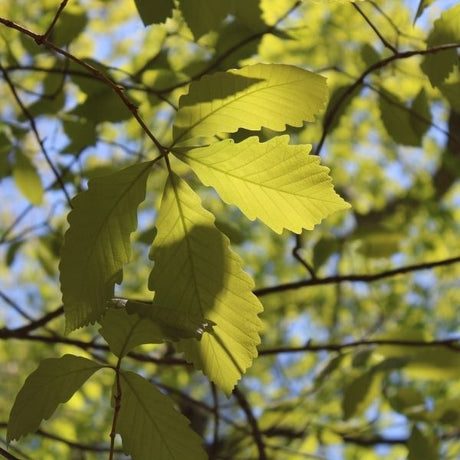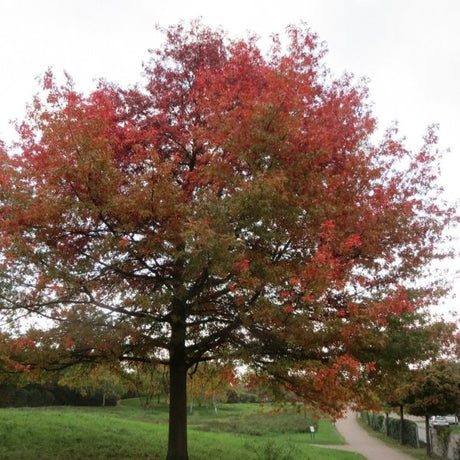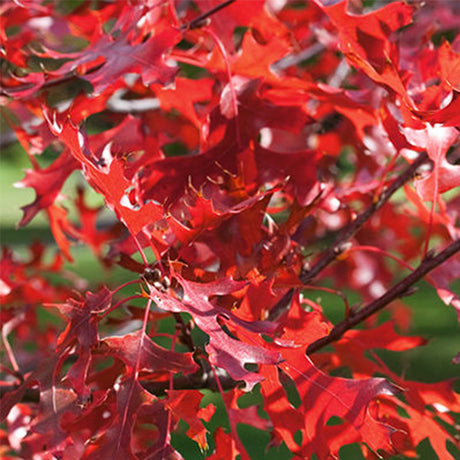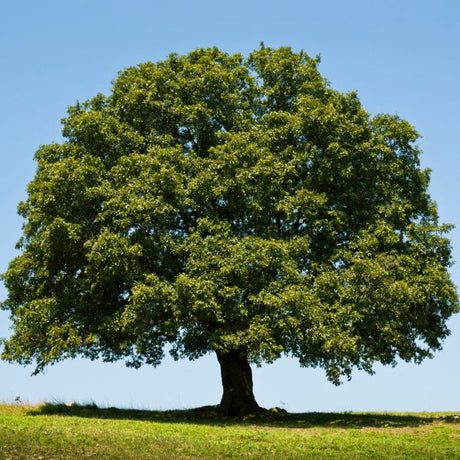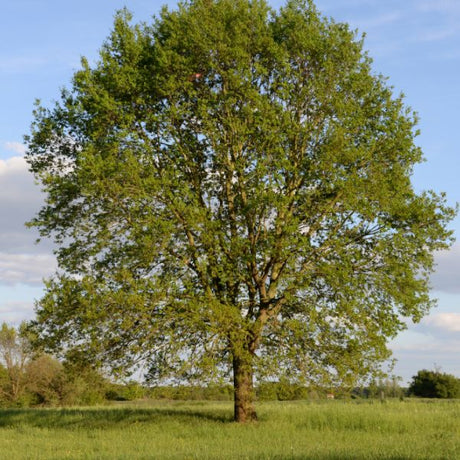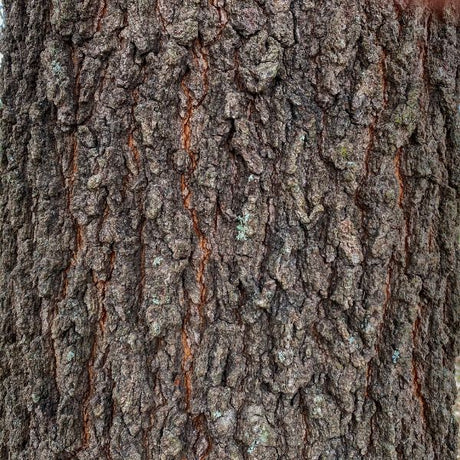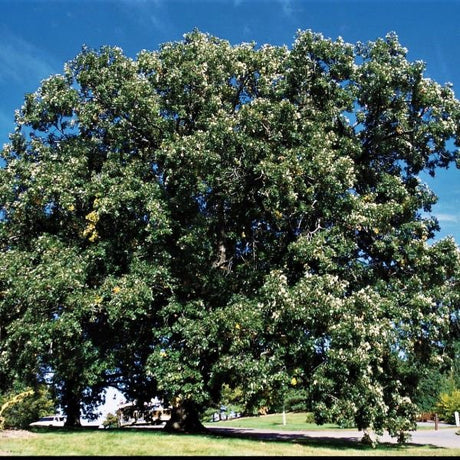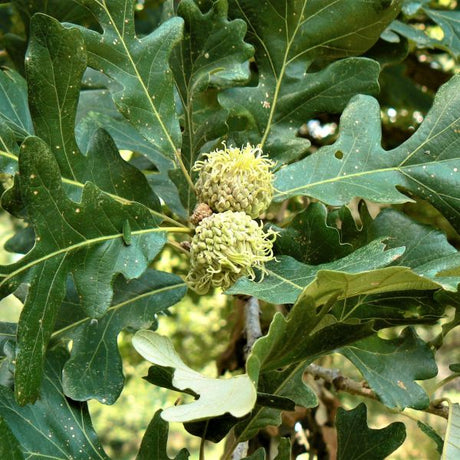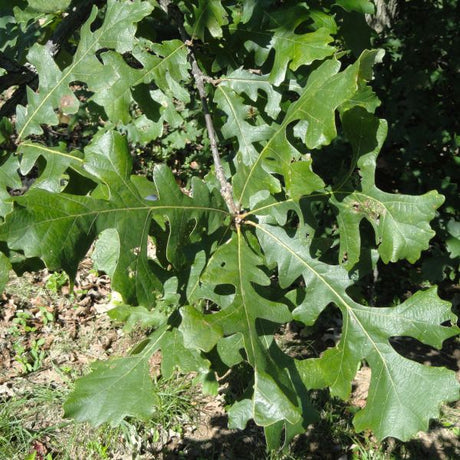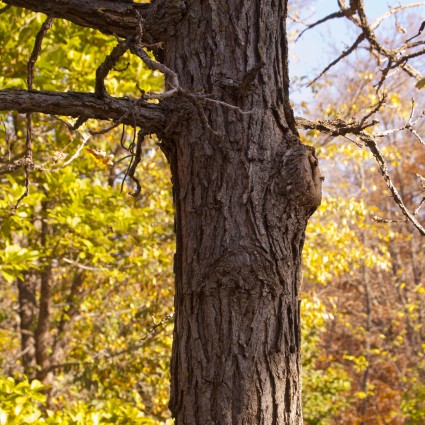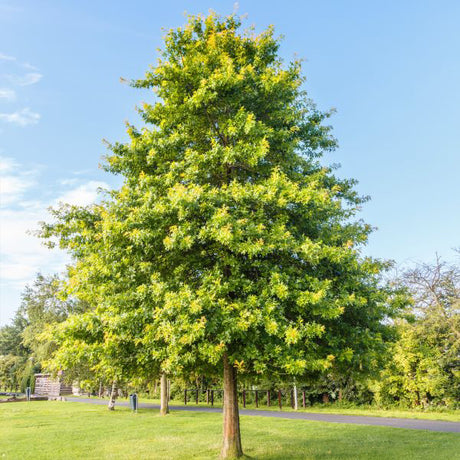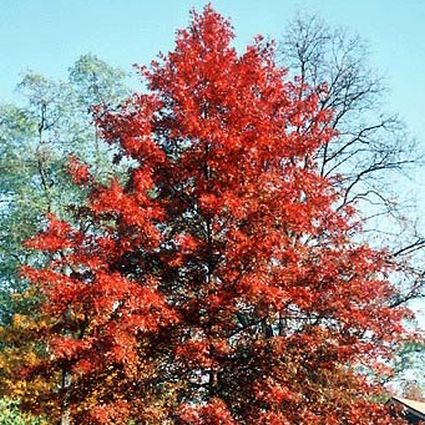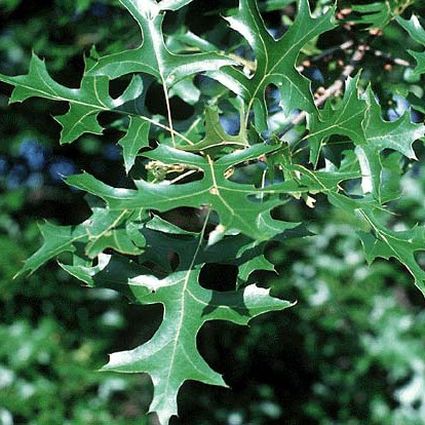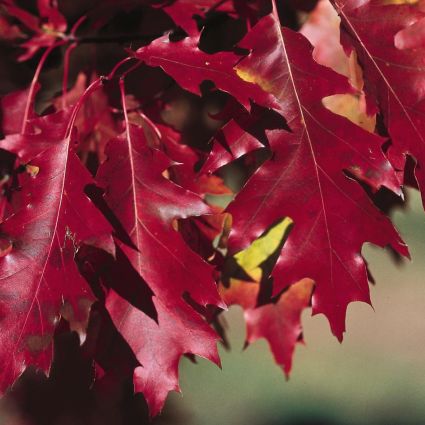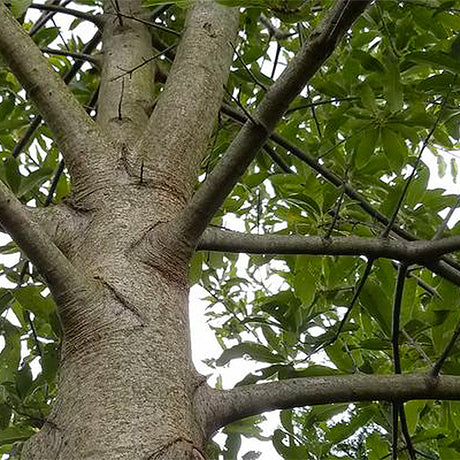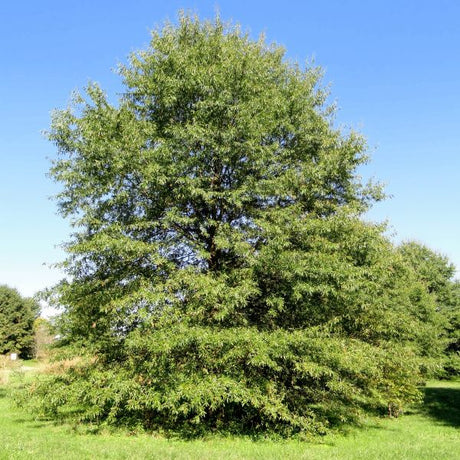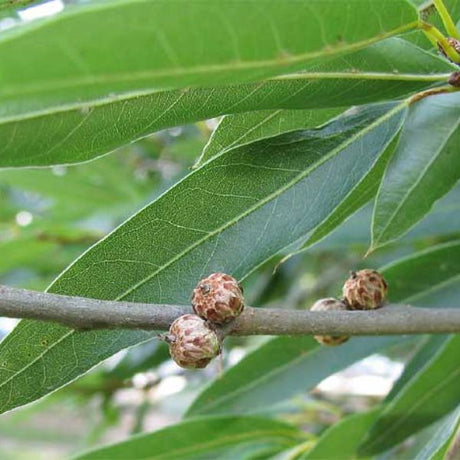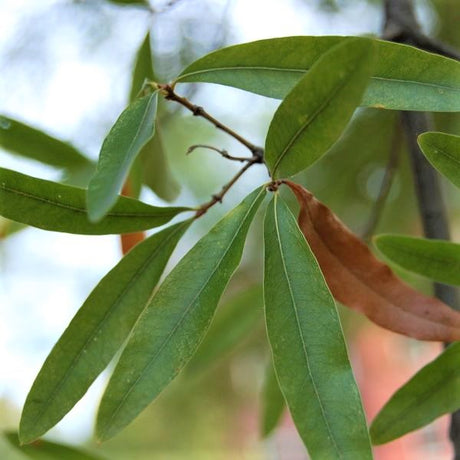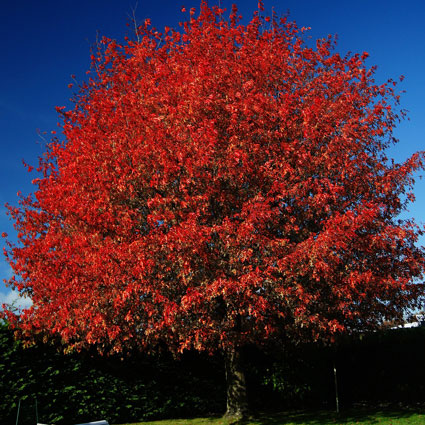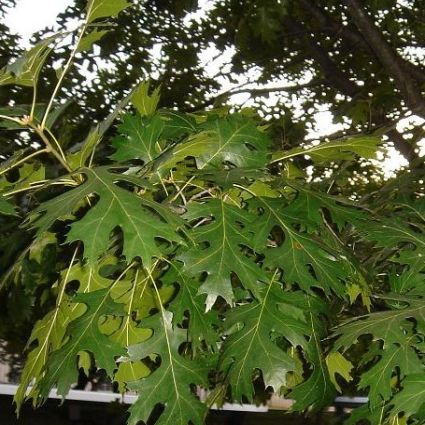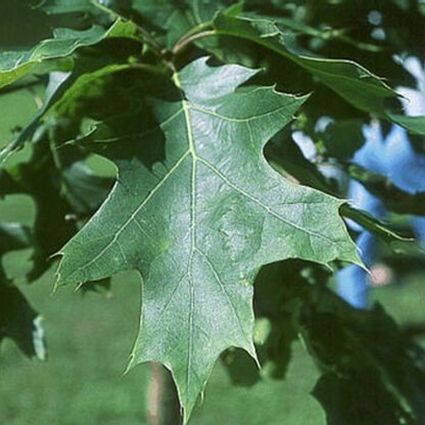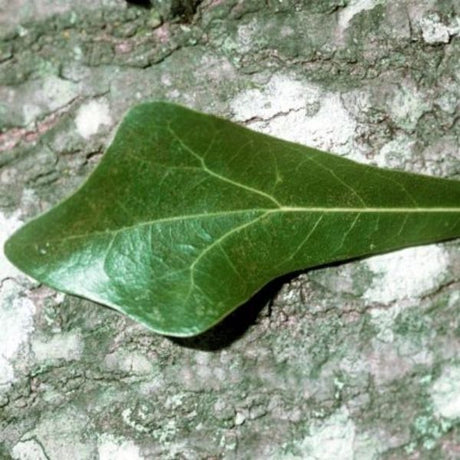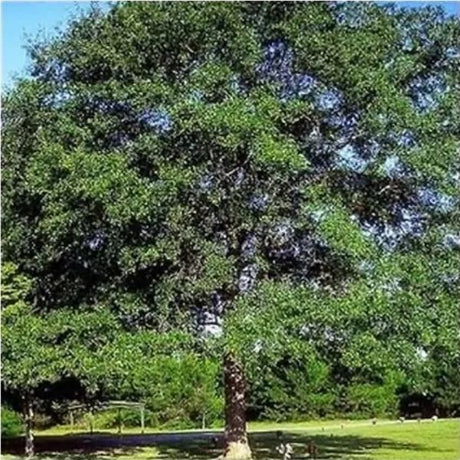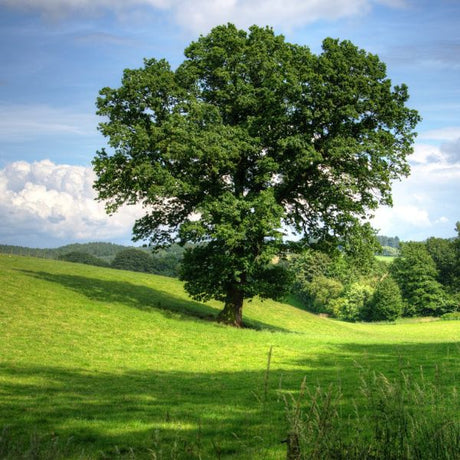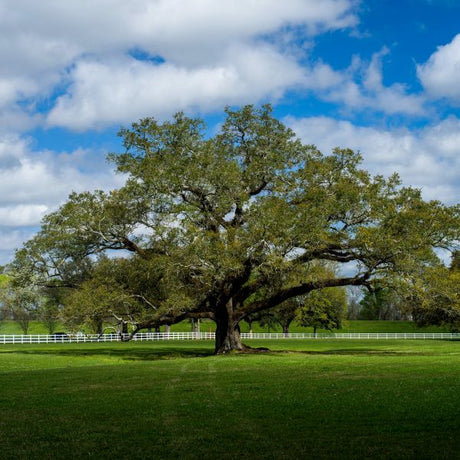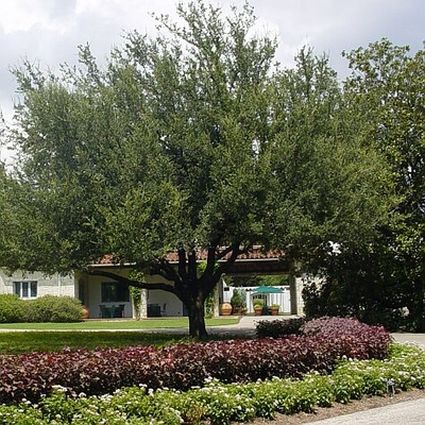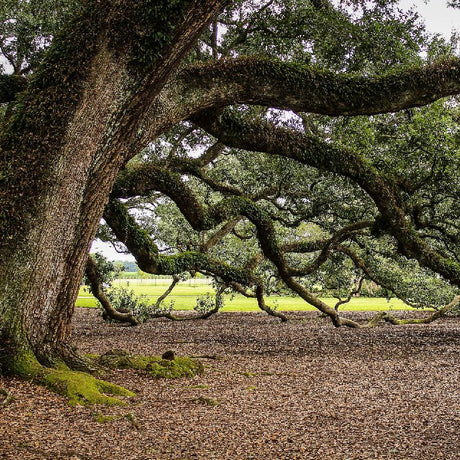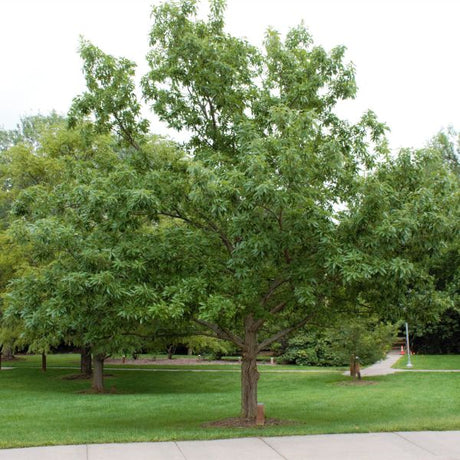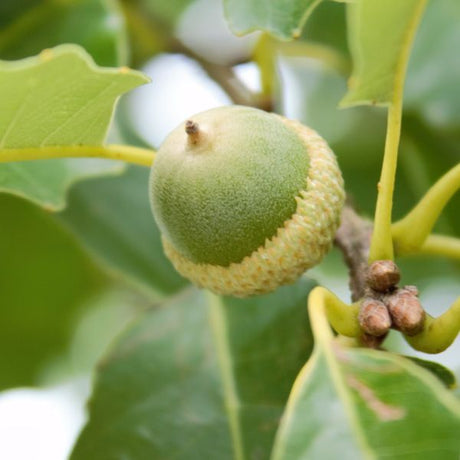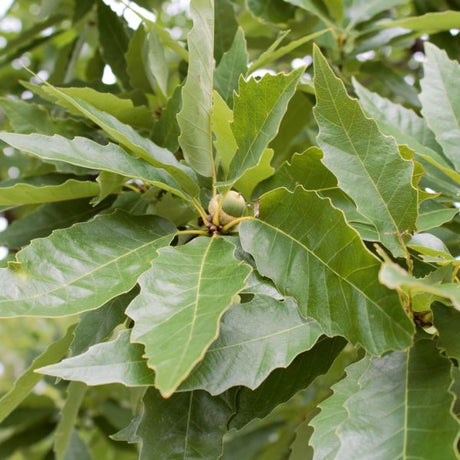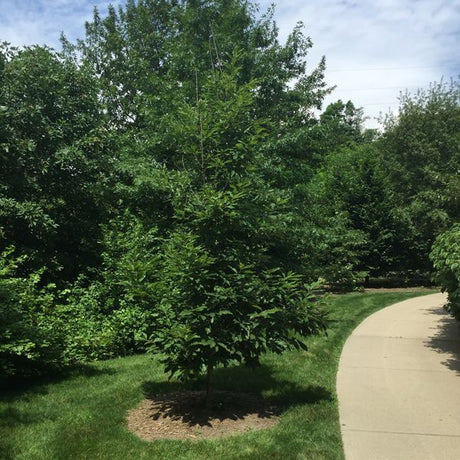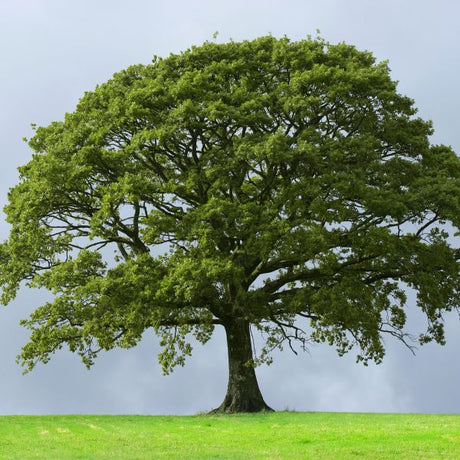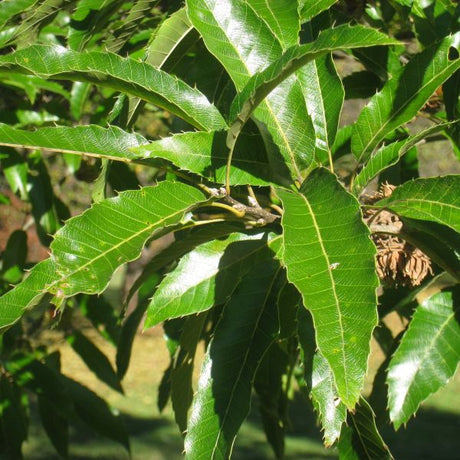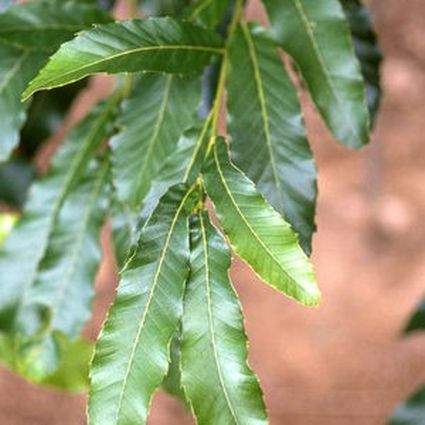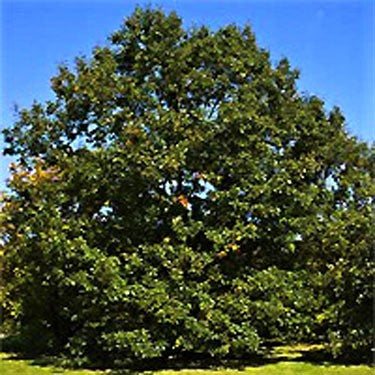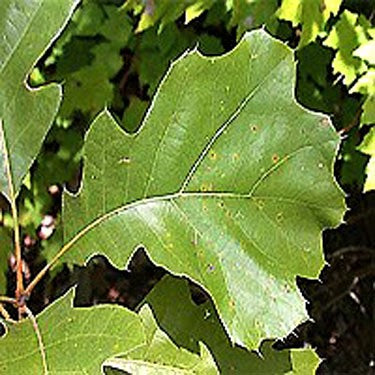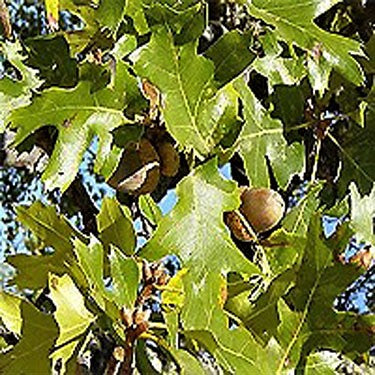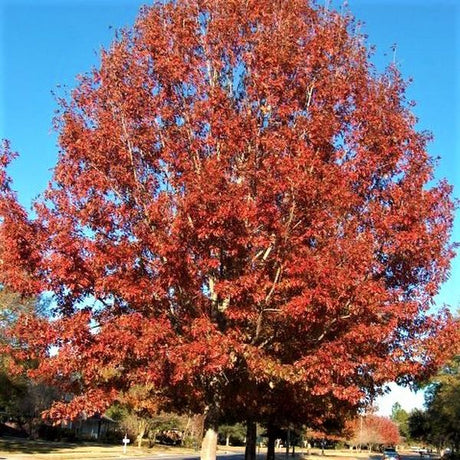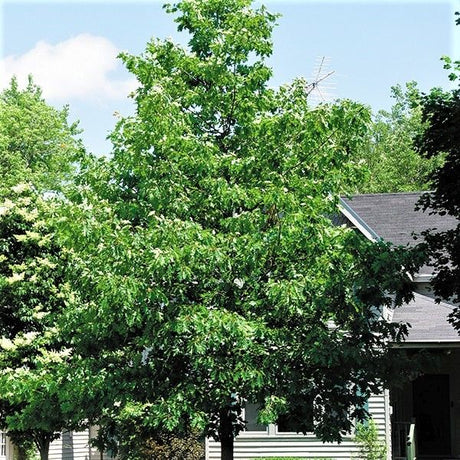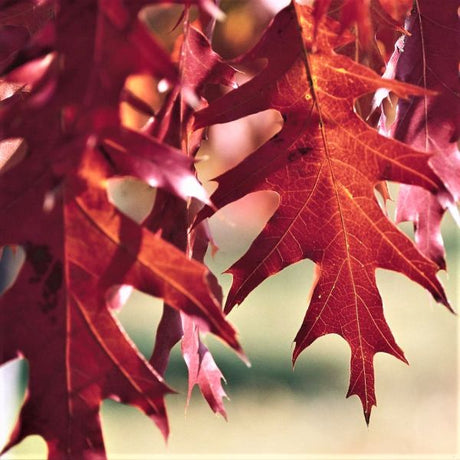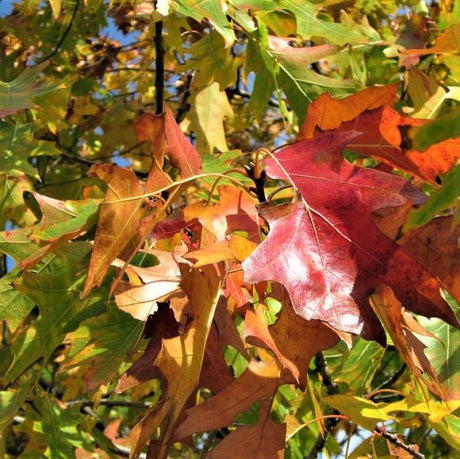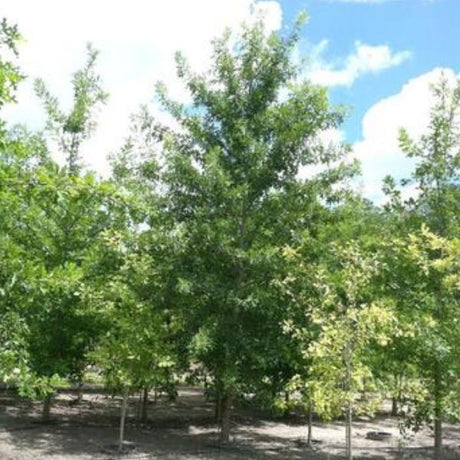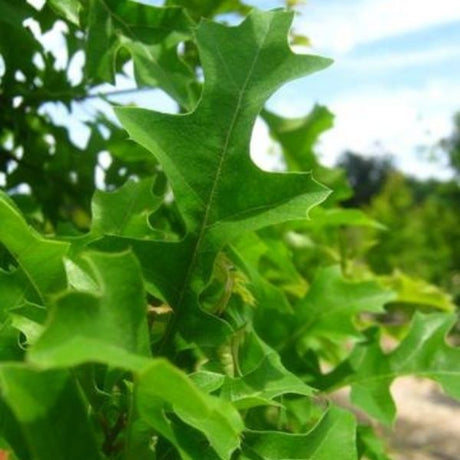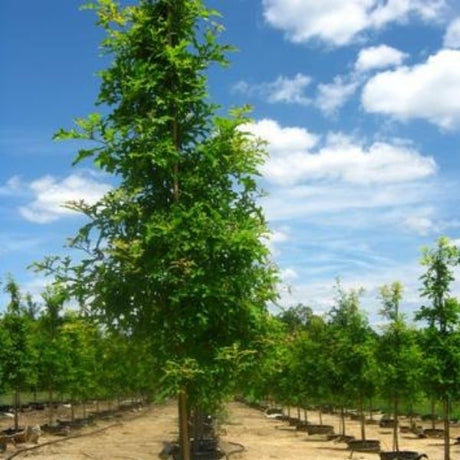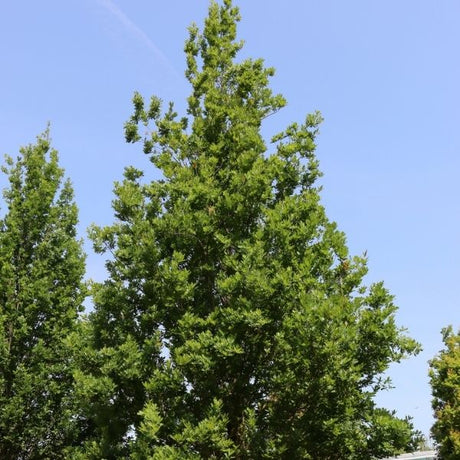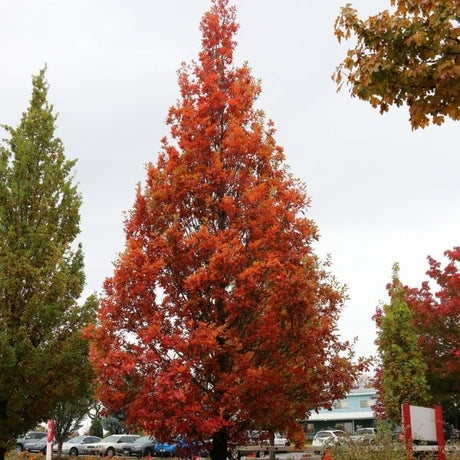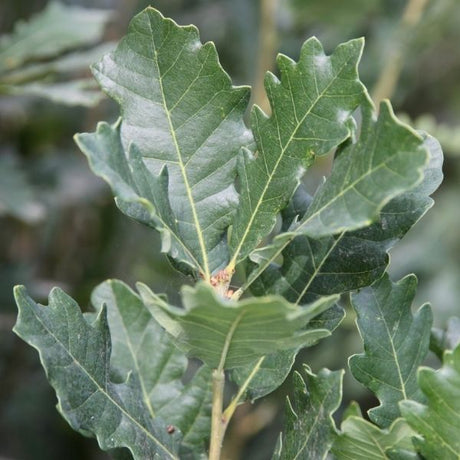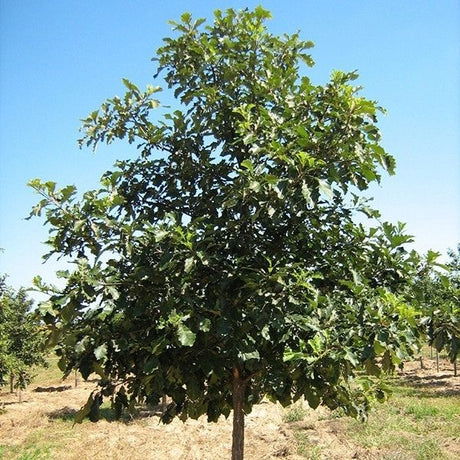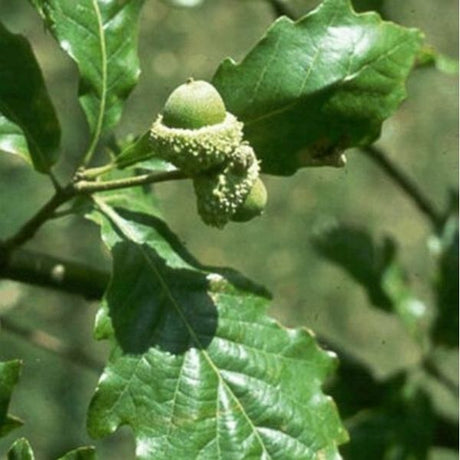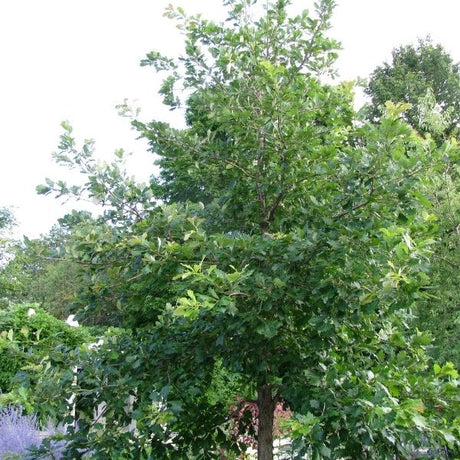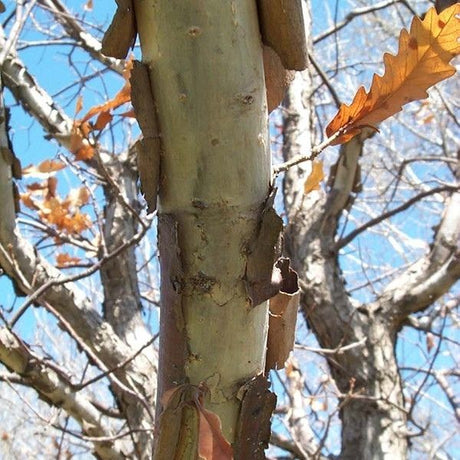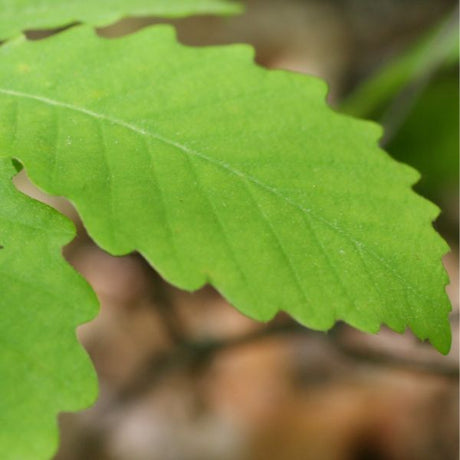- Sale price $10397 Regular price $11490Unit price /Unavailable
- Regular price $8956Unit price /Unavailable
- Regular price $6852Unit price /Unavailable
- Sold out15% offSale price $10397 Regular price $12175Unit price /Unavailable
- Regular price $9084Unit price /Unavailable
- Regular price $8968Unit price /Unavailable
- Sold outUp to 14% off
- Sold out
- Sold outUp to 12% offRegular price From $8962Unit price /Unavailable
- Regular price From $7847Unit price /Unavailable
- Sold out
- Sold outRegular price From $3753Unit price /Unavailable
- Sold out
- Sold outUp to 18% offRegular price From $5487Unit price /Unavailable
- Sold out
- Sold out
- Sold outRegular price $17957Unit price /Unavailable
- Sold out
- Regular price $10981Unit price /Unavailable
Oak Trees for Sale at Nature Hills Nursery

Long-lived Oak trees make magnificent shade trees that stand strong against wind and weather. Nature Hills Nursery offers a fine selection of Oak trees for sale, each one an ideal choice for adding valuable shade, structure, and color to your yard.
The scientific name for the Oak tree genus is Quercus. These hardwood giants can live well over 500 years and add a sense of permanence and grandeur to any landscape.
Key Benefits of Oak Trees
- Long-lasting fall foliage: Oak leaves stay colorful longer than most trees.
- Attractive ridged bark and handsome branching provide winter interest.
- Durable, tough, beautifully grained wood valued for flooring and cabinetry.
- Oak trees bring enduring beauty and strength to any property.
Top Oaks to Plant

Nature Hills offers a wide selection from the vast Quercus family, including both deciduous and evergreen types. Learn your growing zone with our USDA Zones guide or use the Plant Zone Finder on each product page.
- Scarlet Oak: Gorgeous fall color supports wild birds with both food and shelter.
- Southern Live Oak: Evergreen and majestic, with glossy leaves that stay year-round. Best for large properties.
- Overcup Oak: Smaller variety with a uniform, eye-catching canopy, perfect for refined neighborhoods and street tree plantings.
- Regal Prince® Oak: Columnar shape that fits beautifully on small lots as an ornamental tree or shade tree.
- Nuttall Oak: One of the fastest-growing Oaks and ideal for wet, acidic soils.
- White Oak: Top choice for wildlife, producing acorns that deer and birds love.
- Willow Oak: Tolerates wet soils; acorns are prized by ducks and other waterfowl.
- Sawtooth Oak: Excellent for deer, produces acorns young and drops them early in the season.
Landscaping Uses for Oak Trees
Oaks are essential for wildlife. Their acorns provide seasonal food, and their branches offer shelter for countless species.
- Acorns appear annually in the fall, with heavy crops every few years depending on the species.
- Plant multiple species to enjoy a steady acorn supply throughout the season and attract more wildlife and bird-friendly plants.
How to Plant and Care for Oak Trees

- Nature Hills ships your tree at the right planting time for your area.
- Best planting times: Spring and fall, or anytime the ground isn’t frozen.
- Unbox immediately and water your new Oak tree well.
- Dig a hole twice as wide as the pot but no deeper than the root ball.
- Mix in compost with your backfill soil and use Nature Hills Root Booster to promote strong establishment.
- After planting, water deeply to remove air pockets around the roots. Follow watering tips for best results.
- Check planting depth to ensure roots aren’t buried too deeply.
- Water regularly during the first growing season. Use the Finger Test to check soil moisture. If it’s dry, water deeply.
- Once established, water less often but more thoroughly to encourage deep roots.
- Fertilize in spring with a tree or slow-release formula following label instructions to maintain soil health.
- Prune in late winter while dormant to shape and strengthen young trees. Learn more about pruning.
Why Choose Oak Trees from Nature Hills Nursery
Family owned and operated since 2001, Nature Hills Nursery is proud to offer the best Oak trees for sale online. Our expert growers ship your tree with care and precision, ensuring it arrives ready to thrive.
Visit our Product Guarantee and Planting Guide to learn more about our quality standards and planting tips. We ensure all regulated plant materials are shipped responsibly through Plant Sentry™ compliance.
Leave a living legacy in your landscape. Order your Oak tree from Nature Hills Nursery today and enjoy the beauty, shade, and wildlife support for generations to come.
FAQ's for Buying Oak Trees Online
What are the best types of Oak trees for residential landscaping?
What are the best types of Oak trees for residential landscaping?
Some of the best Oak trees for home landscapes include the Overcup Oak, White Oak, and Regal Prince® Oak. These selections offer a combination of manageable size, strong structure, beautiful fall foliage, and adaptability to a range of soil and climate conditions. For smaller yards, columnar types like Regal Prince® provide vertical elegance without wide spreading branches.
How fast do Oak trees grow compared to other shade trees?
How fast do Oak trees grow compared to other shade trees?
While Oak trees are often thought to be slow growers, many varieties such as the Nuttall Oak and Sawtooth Oak grow at a moderate to fast rate with proper care. These trees can add one to two feet of growth per year, especially when planted in well-drained soil with full sun and a consistent watering routine during establishment.
Which Oak trees are best for attracting wildlife and providing acorns?
Which Oak trees are best for attracting wildlife and providing acorns?
Oaks are keystone species that support hundreds of wildlife species. For reliable mast production, the White Oak, Sawtooth Oak, and Willow Oak are excellent choices. These trees produce acorns that feed birds, deer, turkey, and squirrels. The Sawtooth Oak is especially valued for dropping acorns early in the season, making it ideal for food plots and habitat enhancement.
When is the best time to plant an Oak tree?
When is the best time to plant an Oak tree?
The best time to plant an Oak tree is in spring or fall when the weather is mild and the soil is workable. However, you can plant year-round as long as the ground is not frozen. Nature Hills Nursery ships trees at the optimal planting time for your USDA zone, ensuring your tree gets off to the best possible start.
How do I care for a newly planted Oak tree?
How do I care for a newly planted Oak tree?
Caring for a young Oak tree includes watering deeply and regularly during the first growing season, using mulch to retain moisture, and avoiding fertilizers until the tree is established. Prune during dormancy in late winter to shape the canopy and remove weak branches. Once established, Oaks become low-maintenance trees with high resistance to drought and wind.

